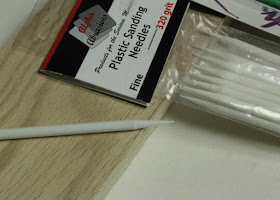The great part about 3d printing is that it can be free to get started. I use Sketchup for my designs, which is a free download from Trimble. There is a huge online community, and plenty of resources available for the newcomer. Once the design is ready for printing, there are multiple printing services available to print the finished model. For N scale, however, it seems that the best choice is Shapeways. Other companies either don't have the "frosted ultra detail" material needed for fine detail, or their print resolution just isn't quite small enough. Of course, I am very new to this myself, so there could be other alternatives that I am not aware of. It is also free to upload a design to Shapeways, and then only when you wish to actually purchase a print, do you pay for their services.
So, while it seems straight forward to get an image in your head, onto a computer, and loaded to a printer at Shapeways, it actually takes some experience in design, understanding how to convert 1:1 scale to 1:160 without making detail or parts too small or thin, and modeling within the design specifications defined by Shapeways. Again, I am still in the "don't know what I don't know" phase, so I am eager to learn more.
Here is an illustration of Sketchup, and a model that I am currently designing. It is a 53' Wilson spread axle livestock trailer. N scale desperately needs a modern livestock trailer, and I need a few for a planned industry on the Council Bluffs Sub. I have high confidence that this will be a successful model like my grain trailer, however, my main concern is whether the printing process and resolution will be able to handle the numerous ventilation holes in the side skins of the trailer. So, this will be a good test for me. The belly dump trailer that I designed is much more conservative, and should turn out just fine. I will know more this week when my first batch arrives.

















































